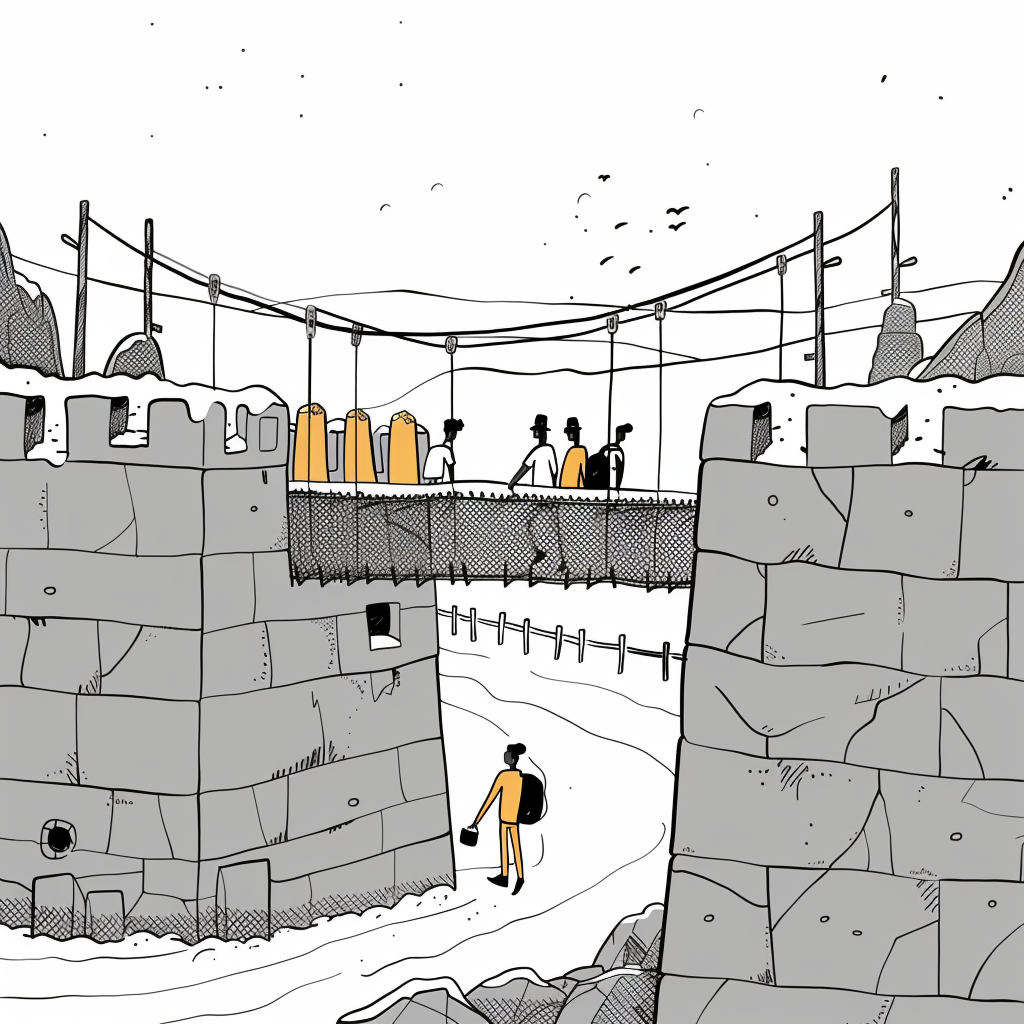

Ready to start doing more with less budget?
“We’re seeing millions of dollars wasted in design and development organizations of large companies across the globe, it doesn’t need to be that way, in some cases, just getting the right teams organized in the right way gets you most of the value.”
In today's world of reduced budgets, smaller teams, and a need for faster time to market, being efficient and cost-effective is crucial. Many companies are spending millions more than necessary on their product plans. Many are relying on backend development teams to deliver web frontends – something organizations have been moving away from over time. We’ve seen CTOs hire backend engineers to tackle complex issues without recognizing that these teams may not be best suited to create engaging user experiences. This disconnect can lead to design frustrations, wasted investment in crafting meaningful user journeys, and ultimately, fragile and subpar web experiences.
But what if there was a way to change all that? Imagine optimizing your processes to save dollars and dwindling budgets, delivering a high-quality product plan for significantly less, and achieving faster time to market. This isn't just a distant possibility—it's an imminent reality.

Before we start, here are some of the key areas we’ve seen drive these savings to reality:
Today we all know to be successful in digital, companies must deliver high-quality, user-centric applications at breakneck speeds. Yet, here at geniant, we're still seeing the traditional siloed approach to design and development continue to hinder productivity and innovation. Companies are increasingly pressured to do more with less budget, improving efficiency, time to market, quality, and overall user experience. It's time for a paradigm shift—a move towards next-generation design delivery.

The Limitations of Traditional Siloed Approaches, What Needs to Change
Traditional organizational structures often separate design and front-end development into different teams, with different reporting and budget lines, each with its own processes and priorities. This division creates friction, misalignment, and, ultimately, lost productivity. The hand-off between designers and developers becomes a bottleneck where design intent is often lost, leading to sub-par user experiences. While common in large organizations, it can be addressed quickly.
Consider the modern user's expectations for a seamless and engaging digital experience. Elevated visual designs and nuanced interactions are no longer luxuries, they are necessities. Think of your favorite digital experiences, they’re likely to achieve this. Yet, these seamless experiences are often compromised in the traditional hand-off between design and development teams.
Higher Velocity and Doing More with Less, Four Key Metrics that Will Drive ROI
geniant's approach enables companies to do more with less, providing benefits for both businesses and end-users, you'll see cost savings, operational reductions, improved customer retention, and getting the value from your products to market sooner.
To achieve higher velocity, it's crucial to break down the barriers between design and development. Traditional walls slow down delivery times and stifle creativity. Instead, we should build bridges that foster communication and collaboration, leading to remarkable results.

Collaboration and Alignment
Integrating front-end development and design drives value through operational efficiency and enhanced product quality. This alignment also establishes clear ownership for the long-term stewardship of a constantly evolving design system. Including front-end development practitioners on design teams closes communication gaps and allows modern front-end capabilities to inform and empower designers.
Front-end development is no longer just about building static components. The process involves tight collaboration with engineering teams to understand API patterns, ensuring that micro front-ends included in design system releases are production-ready out of the box. This removes the need for back-end integration, allowing engineering teams to focus on enhancing platform functionality, reducing technical debt, and improving system performance.
Key Components of Next-Generation Design-Development Delivery
Rigid hierarchical models with static roles often impede progress and efficiency. Instead, geniant has found a fluid leadership approach that adapts to context, team needs, and specific project phases. Responsibilities shift to focus on the current critical path to delivery, maximizing effectiveness.

Factors to Consider when Implementing in an Organization
This type of next-generation design delivery has the opportunity to yield impressive results:

The traditional siloed approach to design and development no longer meets the demands of today's fast-paced digital landscape. With geniant's help shifting towards next-generation design delivery, your teams can achieve higher velocity, improved efficiency, and better-quality products. The benefits are clear—cost savings, faster time to market, and enhanced user experiences.
It's time for organizations to break down the walls between design and development, building bridges that foster collaboration and innovation. By doing so, they can stay ahead of the competition and deliver exceptional experiences to their users.
Ready to transform your processes and achieve significant savings and quality improvements in your digital products and services? geniant is here to partner with you every step of the way. Let's work together to streamline your operations and drive success.
Contact us today to get started on your journey to efficiency and excellence!
You need holistic solutions for today's complex challenges.
geniant’s proven process and methodology — along with our expertise — works together to solve your space, people, and technology challenges.